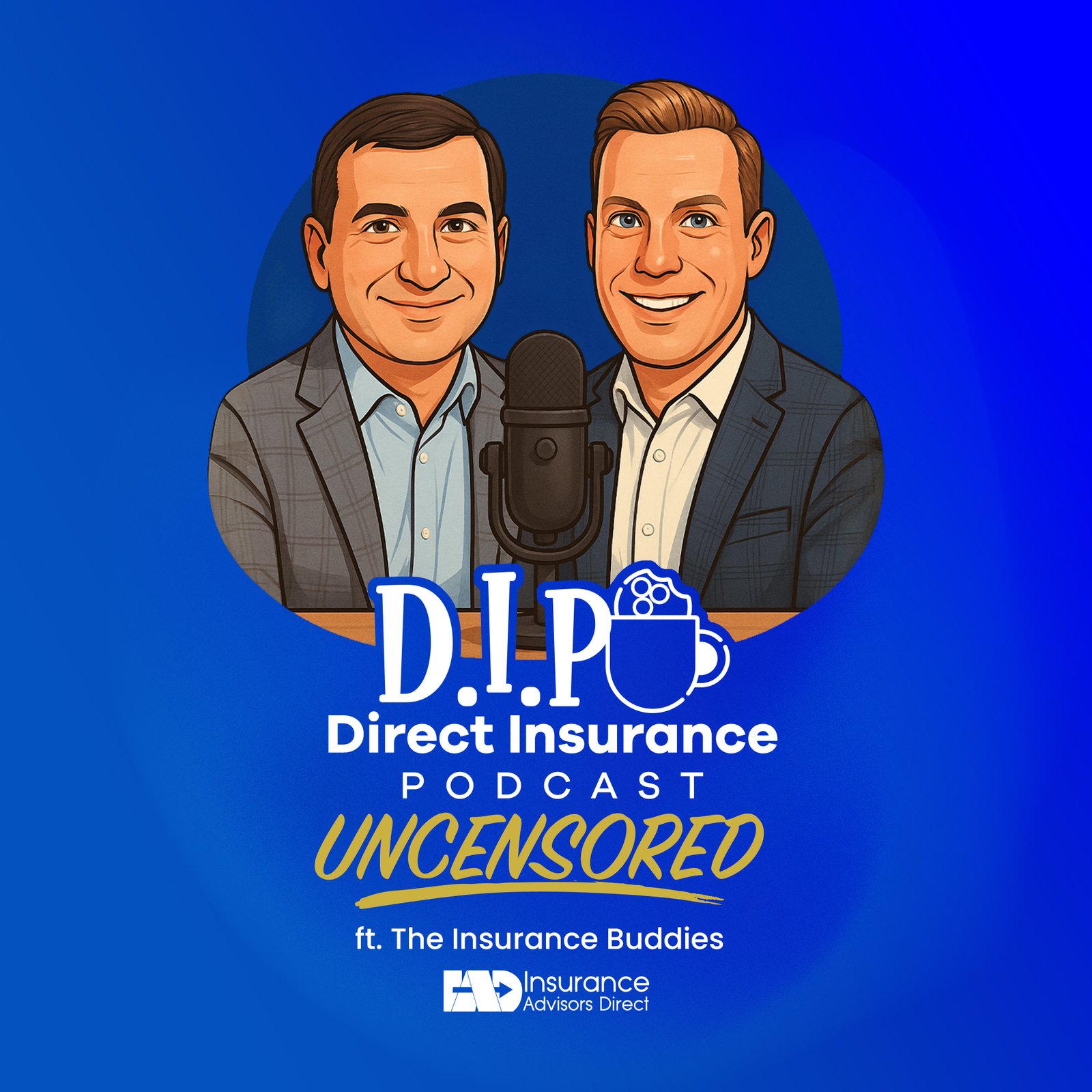
Understanding Medicare Supplement Plans
Medicare Supplement Plans, also known as Medigap, are designed to cover the costs not covered by Original Medicare (Part A and Part B). These plans help pay for out-of-pocket costs such as copayments, coinsurance, and deductibles. They are standardized and offered by private insurance companies.
Plan F
- Coverage: Plan F is the most comprehensive Medigap plan. It covers all the gaps in Original Medicare, including deductibles, copayments, and coinsurance.
- Best For: Clients who want the most complete coverage and are willing to pay a higher premium for it.
- Note: Plan F is not available to new Medicare beneficiaries as of January 1, 2020, but those who were eligible before this date can still enroll.
Plan G
- Coverage: Plan G is similar to Plan F but does not cover the Part B deductible. It covers all other out-of-pocket costs, including emergency care abroad.
- Best For: Clients who want comprehensive coverage and are comfortable paying the Part B deductible.
- Note: Plan G is often seen as a good value for new beneficiaries.
Plan N
- Coverage: Plan N offers lower premiums compared to Plan F and Plan G but requires clients to pay some copayments (e.g., up to $20 for office visits and $50 for emergency room visits).
- Best For: Clients who want lower premiums and are okay with some cost-sharing.
- Note: Plan N also covers foreign travel emergency care.
Tips for Agents
- Assess Client Needs: Understand your clients’ healthcare needs, financial situation, and preferences. Some clients may prefer the lowest cost, while others might prioritize comprehensive coverage.
- Compare Plans: Use comparison tools to show clients how different plans stack up in terms of coverage and cost. Highlight the trade-offs between plans.
- Consider Plan Availability: Not all plans are available in every state or area. Make sure to check which plans are offered in your clients’ locations.
- Review Premium Costs: Premiums can vary widely between insurance companies for the same plan. Shop around for the best rates and explain this to your clients.
- Explain Cost-Sharing: Help clients understand any cost-sharing aspects of their plan, such as deductibles, copayments, and coinsurance.
- Look for Discounts: Some insurers offer discounts for various reasons, such as being a non-smoker or paying premiums annually. Make sure to check for these opportunities.
- Emphasize the Importance of Stability: Point out the stability and predictability of Medigap plans, which can be a big advantage over other types of coverage.
- Educate on Open Enrollment: Make sure clients understand the importance of enrolling during their initial Medigap open enrollment period, which allows them to get coverage without medical underwriting.
Conclusion
Choosing the best Medicare Supplement Plan involves balancing coverage, cost, and personal preferences. Plan F offers the most comprehensive coverage, Plan G is a close second with slightly lower costs, and Plan N provides lower premiums with some cost-sharing. By understanding your clients’ needs and explaining their options clearly, you can help them make the best choice for their health and financial situation.
Join 3,000+ Agents
Join 3,000 plus agents and elevate your business by partnering with IAD!
























































































































































